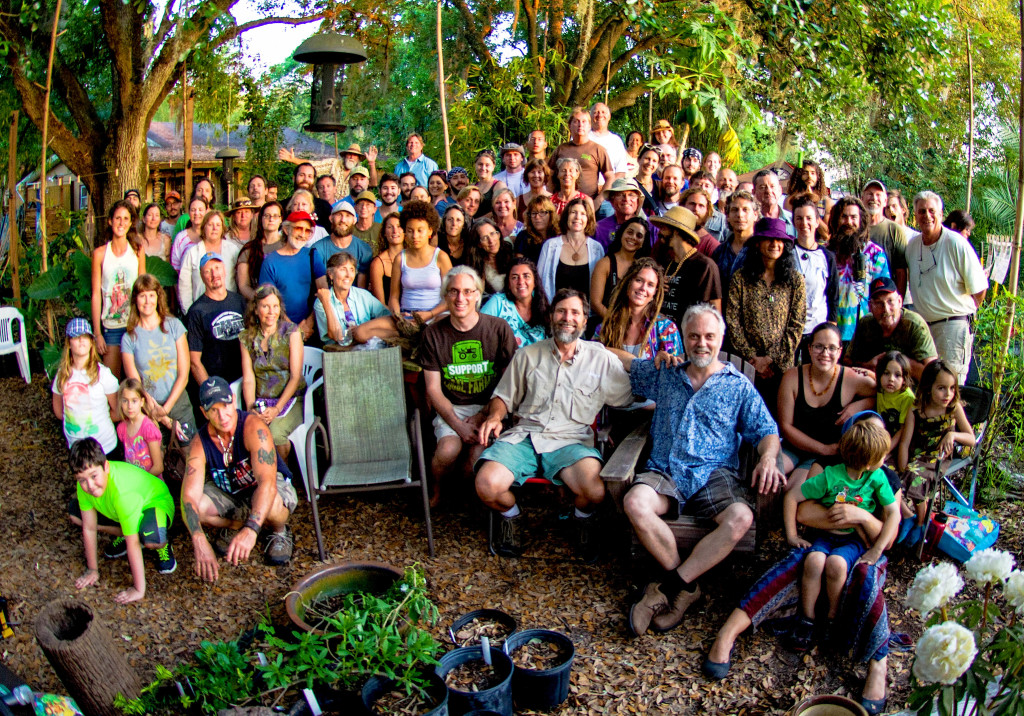
ForageFest 2015 is history but I’m sure the second annual fest is in the works for next year. The event was so large this year some activities had to be moved to a nearby facility. There was foraging. food and fun with specialities ranging from herbalism to mushrooms to the Calusa natives. As the sun was setting those still sharing gathered for a group shot. I’m in the empty chair taking the picture.
Julia Morton, a University of Miami botany professor for some 40 years, was the foremost and last word in poisonous and edible plants in Florida. Andy Firk in the blue shirt sitting in the picture above, knew her personally and of her crusty personality. She confounded me with her book, “Plants Poisonous To People in Florida.” On page 79 there is a color photograph of the Lantana camara. On page 80 there are three long paragraph highlighting the plant’s description and toxicity. Then she writes: “Yet, a mild leaf ‘tea’ is a popular remedy, in the West Indies and elsewhere, for indigestion, colds, fever and rheumatism. The ripe fruit are eaten by natives wherever the plant grows.”
Toxic and edible. The green fruit is toxic, the metallic-blue ripe fruit is not. However there are some qualifiers: The quality of the ripe fruit can vary greatly. Sometimes they can be surprisingly sweet and with few seeds. Other times they can be seedy or have a huge seed and taste not foul but rotten when not over ripe. The plant also presents me with a little mystery. Native Lantanas have multiple colored flowers, usually yellow, pink and orange. Botanists say once a yellow blossom is pollinated it begins to turn color thus the plant and the insect do not waste time and energy on an already pollinated blossom. The Mahoe, a tree in the hibiscus group, has yellow flowers in the morning that turn red in the afternoon to — botanists say — attract different pollinators. Might the Mahoe be doing the same thing as the Lantana? Dropping off already pollinated blossoms? Incidentally the Lantana is not alone in the use of blue. The Travelers’ Palm has metallic-blue seeds that are edible.
This is the time of year to find weeds of questionable parentage in the southern lawn They can be difficult to sort out. There is an inexpensive book that can help, Weeds of Southern Turfgrasses. Written by three professors, I think it was compiled for golf course owners so they could identify and expeditiously kill various weeds. However, most of the weeds in the $8 book are edible. The book can be bought in Florida at local county extension offices or it can be ordered through the University of Florida for around $20 including shipping. I don’t get a cut for recommending it. It’s just a good, inexpensive book you will use. Here’s a link. Also, here is a list of most of the edible plants in the book. You can print it out then cut and paste the information on the relevant page. DO NOT buy this book from on-line book sellers. As the university press is a small press those sellers charge up to $80 for the same book. On Ebay they are trying to sell a used one for $29 with shipping.
While on the topic of books, a third one to be mentioned is “A Beginner’s Guide to Edible Florida” by writer Don Philpott and photographer Noreen Corle Engstrom. I’ve had both of them in my classes and their book is a nice addition to your backpack. Don’s a volunteer at Wekiva State Park in Apopka and has written about that as well. The park has one of those phenomena of nature that you take for granted if you live near one, a first magnitude spring. It’s comprised of two boils that produce 45 million gallons of water daily and is the headwaters for the Wekiva River. Because of the water pressure the larger boil has never been explored. Don and Noreen’s book is available on Amazon and sells for about $16 new. While the title says “Edible Florida” the book is applicable to the southeastern United States and contains information on over 100 species.
Not only was I at the ForageFest 2015 this past Saturday but Sunday I also had a foraging class in Port Charlotte. Our three salty edibles were easy to find, Sea Purslane, Beach Carpet, and the seasonal Seablite. Seablite is just coming into full seasons should it should be around for a month or two. We did find some Elderberries, the ever-present Amaranth, a Norfolk Pine cone that fell too soon, and some fruiting ground cherries, a few weeks from being ripe. Right now the husks are green. We want them to be golden because that’s went the fruit inside is very sweet. We also went looking for some Winged Yams but they are not quite up yet but we did find some dreaded Air Potato Yams (they do have edible roots as well but have to be boiled twice.)
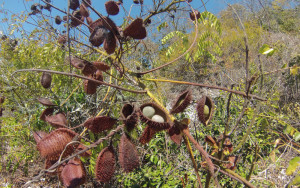
This toxic plant is our native Nicker Bean. Photo by Space Coast Nature.
Among the non-edibles spotted is the Nicker Bean, a well-armed native climbing shrub that likes to grow near brackish water. Incidentally there is a yellow Nicker Bean as well. A chemical called Bonducin is extracted from the seeds or bark and is used to treat fever (hence the nickname “poor man’s quinine.”) Crushed seeds are used to make an infusion to treat hemorrhoids, kidney issues, venereal disease, high blood pressure and diabetes. The seeds suppress urinary sugar but do not affect blood sugar. Roasted seeds have been used as a diuretic to treat edema particularly of the heart or kidneys. Young leaves have been eaten for menstrual issues, to expel worms, and as a poultice to treat toothaches. The crushed roasted seeds have been used to make a coffee substitute. Unroasted seeds can be very toxic. It’s a medicinal plant, not an edible. Consult an herbalist should you have any thoughts about the plant beyond looking at it. Personally I do not consider it an edible in any way.
My upcoming foraging classes stretch from Sarasota to Jacksonville:
Saturday, April 11th, Red Bug Slough Preserve, 5200 Beneva Road, Sarasota, FL, 34233, 9 a.m.
Sunday, April 12th, Mead Garden, 1500 S. Denning Dr., Winter Park, FL 32789. 9 a.m.
Saturday, April 18th, Spruce Creek Park, 6250 Ridgewood Ave. Port Orange, FL, 32127, 9 a.m.
Sunday, April 19th, Florida State College, south campus, 11901 Beach Blvd., Jacksonville, FL, 32246, 9 a.m.
To learn more about classes, go here.
Need to know a wild tea? Looking for a foraging reference? Maybe you have a UFO, an Unidentified Flowering Object, you want identified. On the Green Deane Forum we chat about foraging all year long. And it’s not just about warm-weather plants or just North American flora. Many nations share common weeds so there’s a lot to talk about. There’s also more than weeds. The reference section has information for foraging around the world. There are articles on food preservation, and forgotten skills from making bows to fermenting food. Recent topics include Bee Swarms, To Cook is Human, Can I get Some Suggestions, Making Butter, Heliculture, Tincture? What Kind of Weeds? Sassafras, Cherry Bark Tea, Biting Bugs, Firebow Tinder, Sheep Sorrel, Brown Bear and Greens, Homemade Sauerkraut, Coconut Oil, Solanum sisymbrifolium seeds, Lost resource, Sprouting Palm Seeds, Plant Sources and What Do You See #21. You can join the forum by clicking on the button on the upper right hand side of this page.
What Do You See #22. This week’s WDYS is easy and difficult. There are three edible species, one even northerners should recognize, one southerners should see, and then a nutritional, smelly one. No, grass isn’t one of the answers.

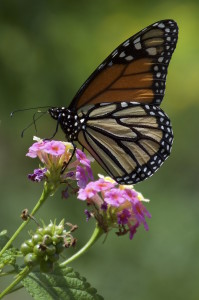
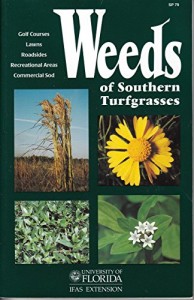
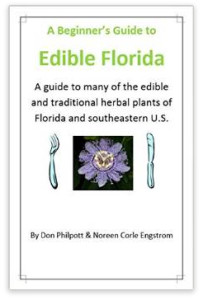
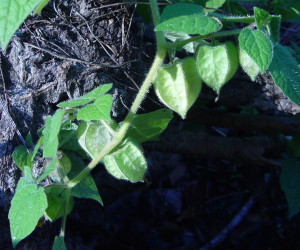
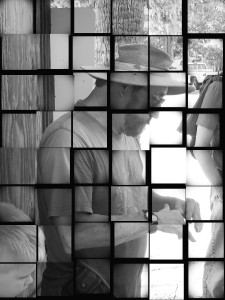
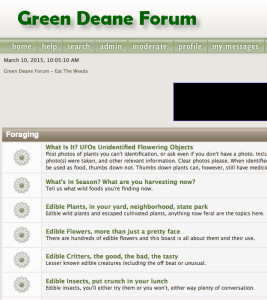
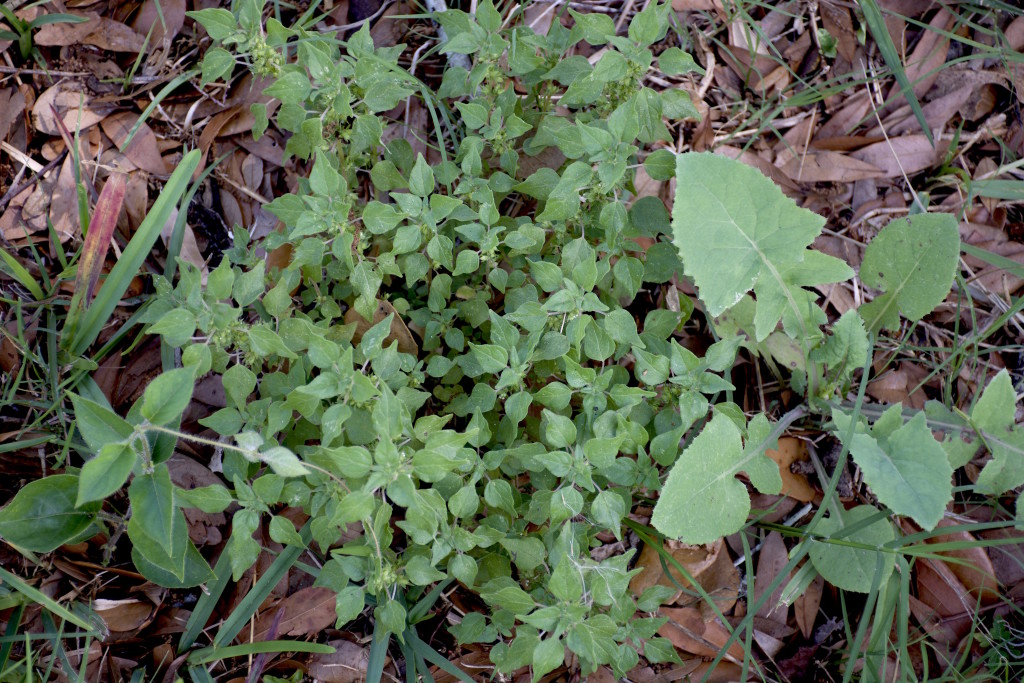

Thanks for the list of edibles in the Weeds in Southern Lawns, I have started to compile a list like this several times and have become discouraged due to time required. Your list is a God send.
When I saw the picture of the Forage Fest 2015, I wished I was attending the joyful get together calling for harmony with Mother Nature – good luck and happy time and special tribute to the active owner of the temporary empty chair.
As soon as I had a glance of the image of the Monarch butterfly, I knew this sight is buried deep in my memory. I’ve been familiar with these Lantana camara plants since early childhood back in the forties of last century during my primary education. As an ornamental plant with characteristic aroma, the only drawback for me at the time was the difficulty to keep the flowering cluster intact. As said, its ability to resist thirst for a relatively long time together with low effect from pests or diseases contributed to its becoming a common ornamental plant.
It is interesting to observe the changes in flower colour during the same day and correlate that to more pollinators. As well I’m interested to know why my people here in the Middle East countries have named the plant “ Um Kulthoum “ – mercy be upon her – who was and still is the most loved singer not only in the Arab world, but throughout the Middle East. As an answer, it is said that is because the flowering cluster of Lantana camara looks like the rosy cheeks of the great singer.
Palitory, soncus, chickweed
Well… yes but not in that order… Pellitory in the middle, a Sonchus on our right. But not chickweed. Unidentified is the plant on our left.
sow thistle on right.
Nicker beans have other, non medicinal uses, as I was taught by my youngest daughter….some are great if you are a practical joker like myself. Well, at least the first time.
http://floridahillbilly.com/emilys-hot-bean-trick-or-knickerbean-101/
I’ve eaten lonicera japonica before, that vine on the left loooks similar but something is not quite right. That’s not what it is, right?
Right. It is not L.japonica though I can see why one might think that. It is a totally different but edible species.
What is the weed with leaf construction very similar to dandelion, but formation different and yellow blossoms unlike the dandelion petal cluster? Is it edible?
In this particular case it is Sonchus oleraceus.